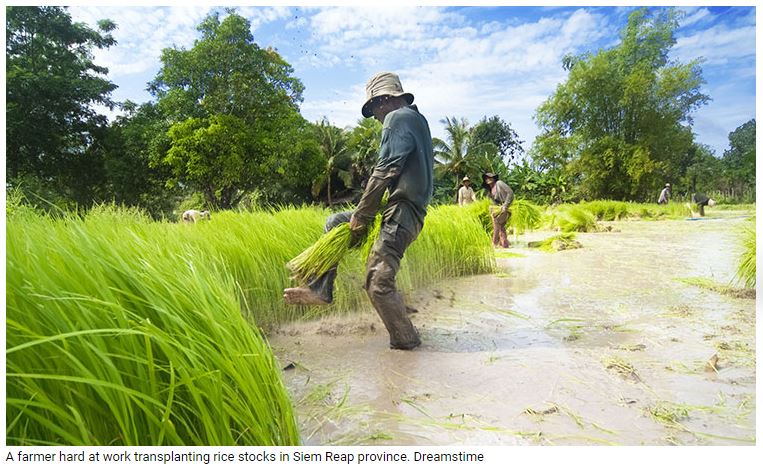FAO says world food prices to reach record high in March, Cambodia expects 3.5 percent hike in Q1
Cost of food in Cambodia increased 2.78 percent in December of 2021 over the same month in the previous year, according to the National Institute of Statistics of Cambodia.
Food Inflation in Cambodia is expected to be 3.50 percent by the end of this quarter, according to Trading Economics global macro models and analysts expectations.
In the long-term, the Cambodia Food Inflation is projected to trend around 3.20 percent in 2023 and 3.00 percent in 2024, according to econometric models.
This comes as the World food prices soared to an all-time high in March with the war in Ukraine driving up prices for wheat, maize and vegetable oils, the Food and Agriculture Organization of the United Nations (FAO) said Friday.
In a statement released in Rome, the FAO said war in the Black Sea region “spread shocks” across world food markets.
The FAO Food Price Index averaged 159.3 points in March — up 33.6 percent from a year earlier and 12.6 percent from February when it had already reached a record high.
The FAO said its Cereal Price Index leapt 17.1 percent from February, “driven by large rises in wheat and all coarse grain prices largely as a result of the war in Ukraine.”
Russia and Ukraine together accounted for 30 percent of global wheat exports and 20 percent of maize exports over the past three years, the UN agency said.
In March, world wheat prices soared 19.7 percent from February and maize prices jumped 19.1 percent, hitting a record high along with prices for barley and sorghum.
The FAO said, however, that its Rice Price Index was little changed from February — and still 10 percent below its level in March last year.
The UN agency said its Vegetable Oil Price Index rose 23.2 percent from February, “driven by higher quotations for sunflower seed oil, of which Ukraine is the world’s leading exporter.
“Palm, soy and rapeseed oil prices also rose markedly as a result of the higher sunflower seed oil prices and the rising crude oil prices, with soy oil prices further underpinned by concerns over reduced exports by South America.” Sao Da – AKP


 Thailand
Thailand




